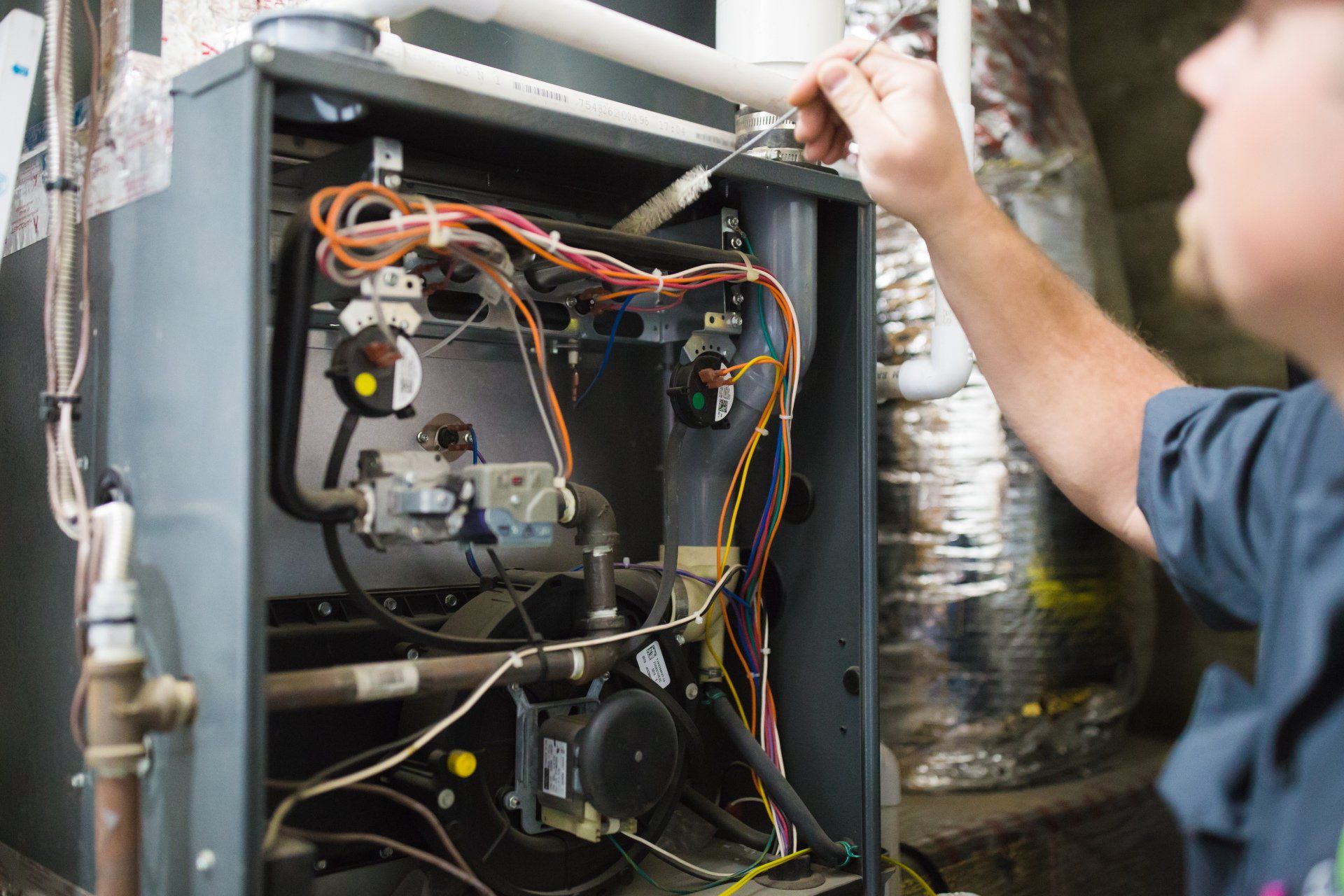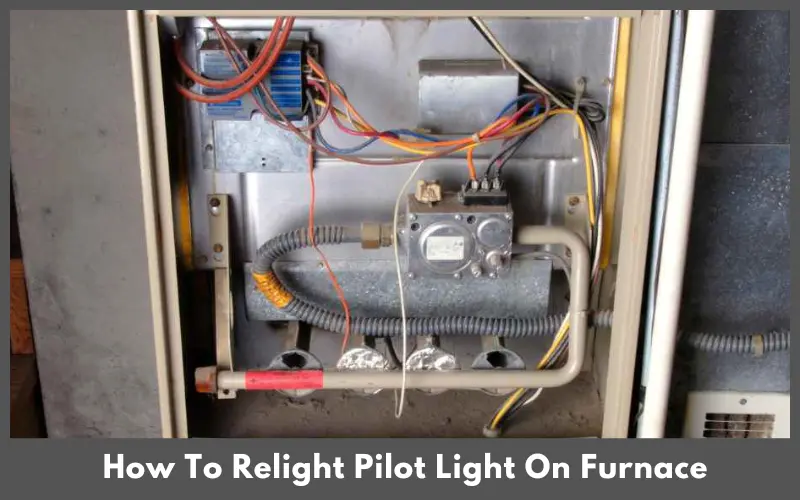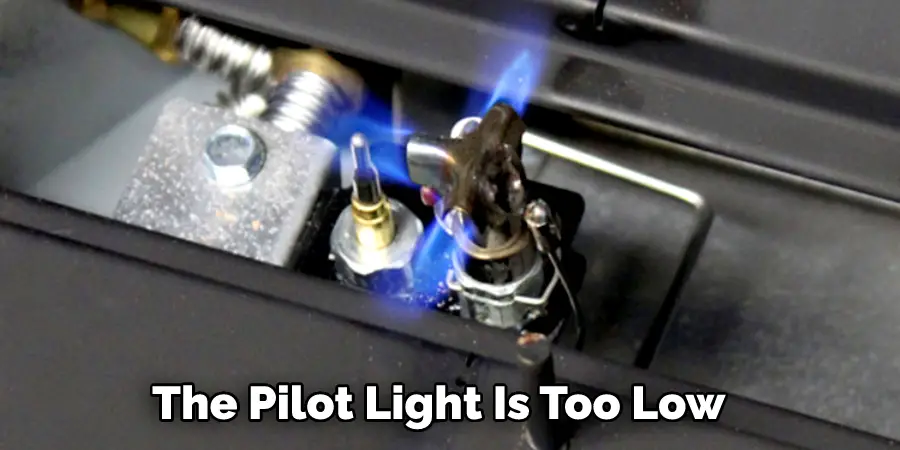How To Find The Pilot Light On A Furnace

For homeowners, HVAC technicians, and facility managers alike, understanding the basics of furnace operation is crucial for maintaining a comfortable and efficient indoor environment. One fundamental aspect is knowing how to locate and address the pilot light, especially in older furnace models. This article provides a comprehensive guide to finding the pilot light on a furnace, covering various scenarios and safety precautions.
Understanding Pilot Lights and Their Function
The pilot light is a small, continuous flame that serves as an ignition source for the main burner in many older gas furnaces. When the thermostat calls for heat, the pilot light ignites the gas flowing to the main burner, initiating the heating cycle. While newer furnaces often use electronic ignition systems, pilot lights are still found in many existing systems, particularly those installed before the widespread adoption of electronic ignition.
Pilot lights provide a reliable ignition source, but they also consume a small amount of gas continuously, which can impact overall energy efficiency. The cost of running a pilot light 24/7 varies depending on the gas prices in your area, but it generally adds to your annual heating expenses.
Locating the Pilot Light Assembly
The first step in finding the pilot light is to locate the furnace itself. Furnaces are typically found in basements, attics, garages, or utility closets. Once you've located the furnace, look for a small, enclosed area near the bottom of the unit. This is usually where the pilot light assembly is housed.
Visual Inspection: Begin by visually inspecting the area around the gas valve. Look for a small metal tube or pipe leading to a nozzle. This tube is the pilot light gas line, and it leads directly to the pilot light assembly. You may also see a small, rectangular or square access panel that can be removed to view the pilot light.
Common Locations: Pilot light assemblies are often located behind a small viewing window or access panel. Some furnaces have a clearly labeled "Pilot Light Access" door. Others might require you to remove a larger panel to gain access. If you are unsure, consult your furnace's owner's manual for specific instructions.
Safety First: Before attempting to locate the pilot light, ensure the gas supply to the furnace is turned off. This will prevent any accidental gas leaks during your inspection. The gas shut-off valve is typically located on the gas line leading to the furnace. Turn the valve to the "off" position, usually perpendicular to the pipe.
Identifying the Pilot Light Components
Once you've accessed the pilot light assembly, you'll typically see the following components:
- Pilot Light Nozzle: This is where the gas is released to create the pilot flame. It's a small opening that can sometimes become clogged with debris.
- Thermocouple or Flame Sensor: This is a safety device that detects the presence of the pilot flame. If the pilot light goes out, the thermocouple shuts off the gas supply to prevent a gas leak.
- Igniter: In some older models, you'll find a manual igniter button. In newer models with pilot lights, there might be an electronic igniter.
- Pilot Light Adjustment Screw: This screw controls the gas flow to the pilot light, allowing you to adjust the flame size.
Step-by-Step Guide to Finding the Pilot Light (with Variations)
Finding the pilot light can vary depending on the furnace model. Here's a general guide with considerations for different types:
- Turn off the Gas Supply: Locate the gas shut-off valve on the gas line leading to the furnace and turn it to the "off" position. This is a critical safety precaution.
- Locate the Pilot Light Access Panel: Look for a small door or panel near the bottom of the furnace, often labeled "Pilot Light Access." If there's no label, consult your furnace manual.
- Remove the Access Panel: Use a screwdriver or your fingers to remove the access panel. Some panels might be held in place with screws, while others simply snap into place.
- Visually Inspect the Area: Once the panel is removed, look for the pilot light assembly. You should see the pilot light nozzle, the thermocouple, and possibly an igniter.
- Look for Instructions: Many furnaces have instructions printed on or near the pilot light access panel. These instructions will guide you through the relighting process.
- Pilot Light is ON: If you see a small blue flame, the pilot light is already lit. If you had problems with your furnace, make sure to consult with a professional about potential causes for the shutdown. This could be due to a faulty thermocouple, blocked pilot orifice, or even system failures
- Pilot Light is OFF (Older Furnaces with Manual Ignition): If the pilot light is off, you'll need to relight it. Turn the gas control valve to the "Pilot" setting. Press and hold the reset button while using a long lighter or match to ignite the pilot light. Continue holding the reset button for about 30-60 seconds to allow the thermocouple to heat up. Release the button. If the pilot light stays lit, turn the gas control valve to the "On" position.
- Pilot Light is OFF (Newer Furnaces with Electronic Ignition): Some newer furnaces with pilot lights have electronic igniters. Turn the gas control valve to the "Pilot" setting. Push the igniter button (usually red or black) repeatedly until you see the pilot light ignite. Once the pilot light is lit, turn the gas control valve to the "On" position.
Troubleshooting Pilot Light Issues
If you're having trouble finding or relighting the pilot light, consider these common issues:
- Clogged Pilot Light Nozzle: A clogged nozzle can prevent gas from flowing to the pilot light. Use a small wire or needle to carefully clean the nozzle.
- Faulty Thermocouple: A faulty thermocouple won't detect the pilot flame, causing the gas valve to shut off. You may need to replace the thermocouple.
- Dirty Flame Sensor: A dirty flame sensor can prevent the furnace from recognizing that there is a pilot light present. Use a wire brush to gently clean the flame sensor.
- Gas Supply Issues: Make sure the gas supply to the furnace is turned on and that there are no gas leaks.
When to Call a Professional
While this guide provides a comprehensive overview of finding the pilot light on a furnace, it's important to know when to call a professional. If you're uncomfortable working with gas appliances, or if you suspect a gas leak, contact a qualified HVAC technician immediately. Additionally, if you've tried relighting the pilot light multiple times and it continues to go out, it's best to have a professional diagnose and repair the problem.
HVAC technicians have the expertise and tools to safely and effectively troubleshoot furnace issues. They can identify and repair problems that may not be immediately apparent, ensuring the safe and efficient operation of your heating system. Furthermore, property managers overseeing multiple units can benefit from establishing a relationship with a reliable HVAC service provider for regular maintenance and prompt repairs.
The Future of Ignition Systems
As technology advances, electronic ignition systems are becoming increasingly common in modern furnaces. These systems eliminate the need for a continuous pilot light, resulting in improved energy efficiency and reduced gas consumption. While pilot lights have served as a reliable ignition source for many years, electronic ignition systems offer a more sustainable and cost-effective solution for heating homes and businesses.
By understanding the basics of furnace operation and knowing how to find the pilot light, homeowners, HVAC technicians, and facility managers can ensure the safe and efficient operation of their heating systems. Always prioritize safety and consult a professional when in doubt. In an ever-changing environment, knowing the function of your HVAC system is a must for modern building managers.





:max_bytes(150000):strip_icc()/checking-the-furnace-77890266-5c50db64c9e77c0001d76385.jpg)




